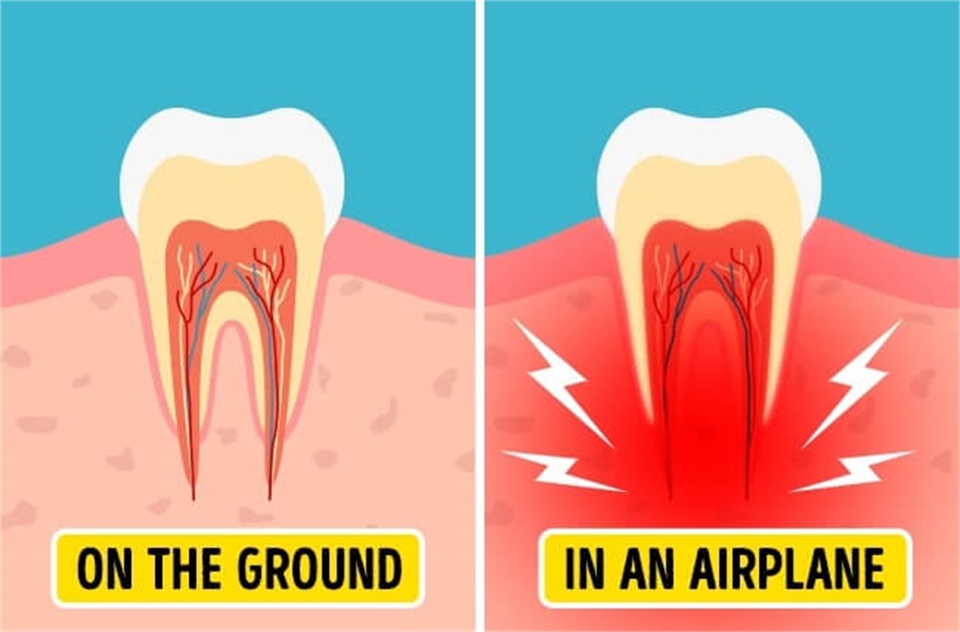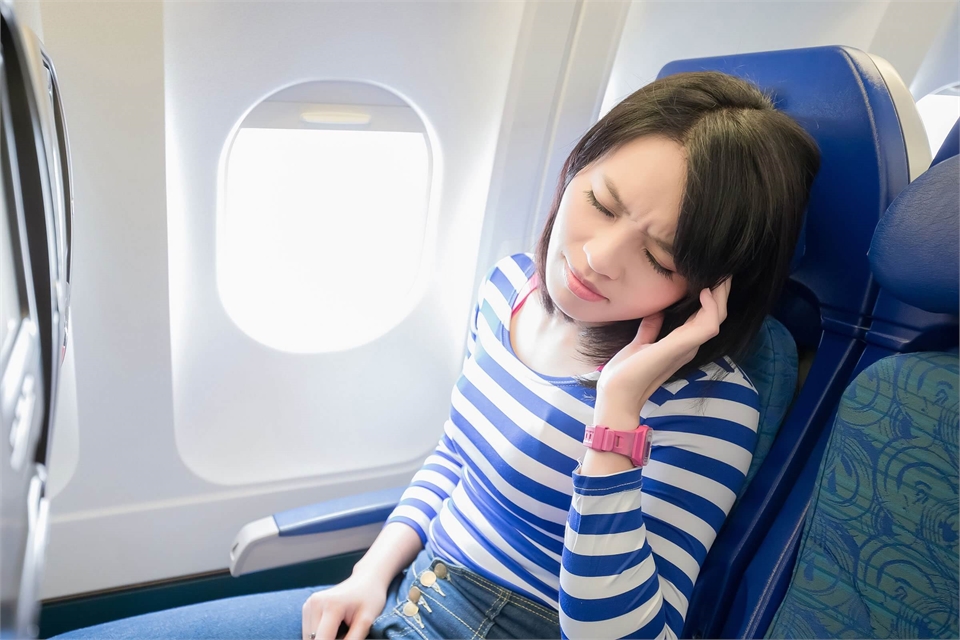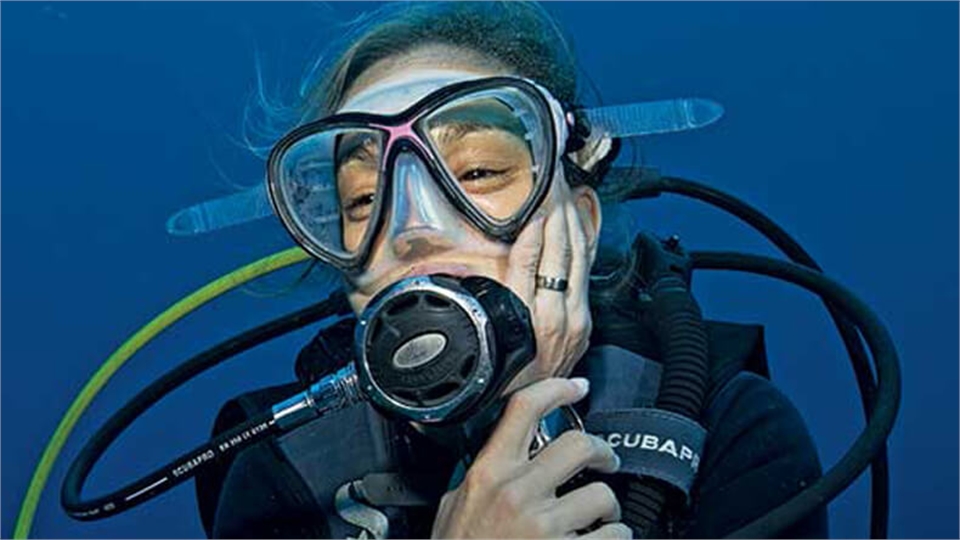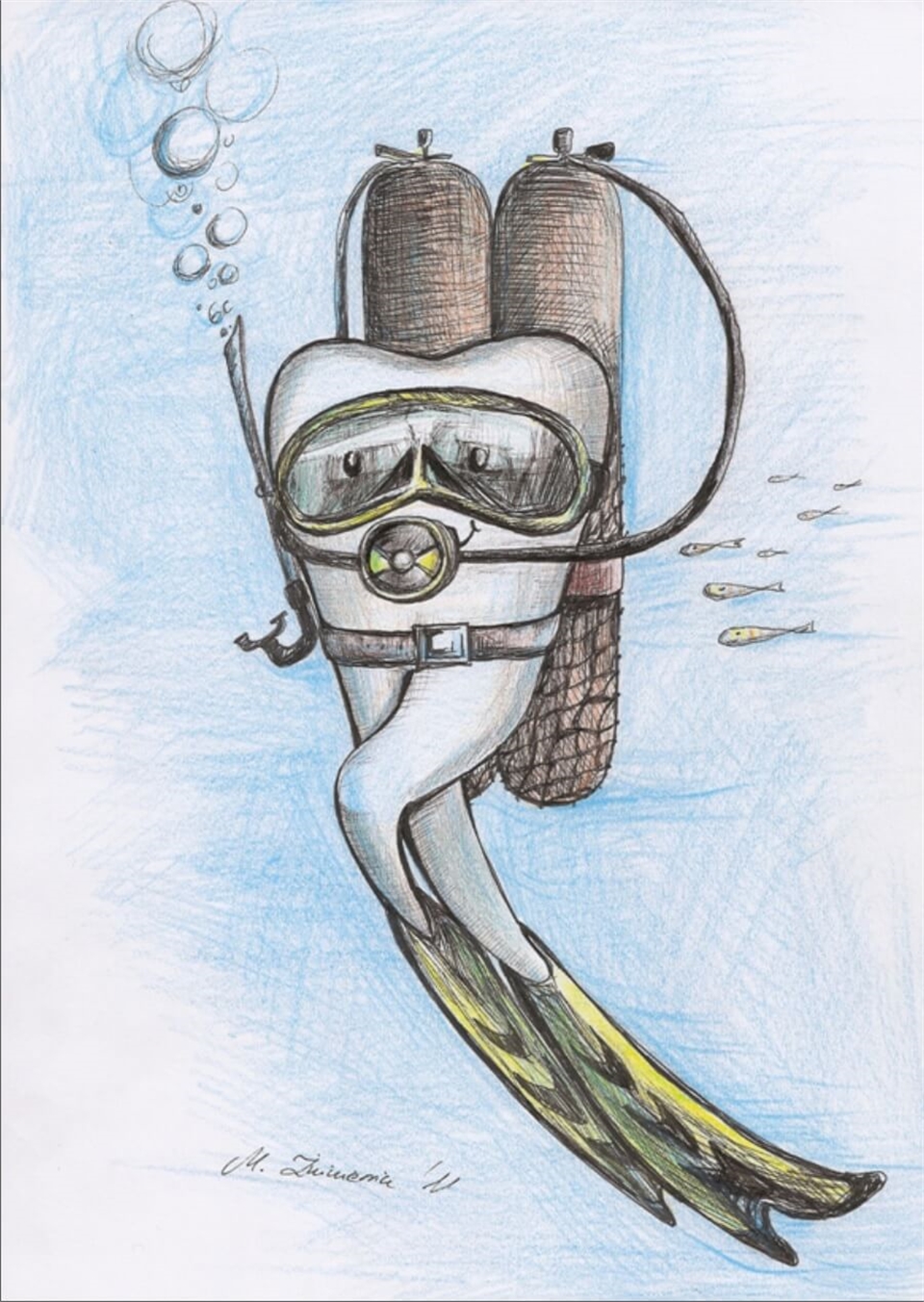Barodontalgia - toothache when you fly or dive
Barodontalgia, also known as tooth squeeze or aerodontalgia, is a severe toothache caused by change in ambient pressure when flying on a plane or scuba diving.

Also referenced as “tooth squeeze”, “aerodontalgia”or “flyer’s toothache,” barodontalgia is acute tooth or facial pain as the result of changes in ambient pressure. The phenomenon most often occurs in people who fly or dive and can also develop during hyperbaric oxygen therapy. Barodontaliga causes different pathophysiological conditions, but the most common symptoms include pressure, pain, and sensitivity. And unfortunately, the toothache can persist even after pressure equalization and is likely to reoccur without proper treatment.
What causes barodontalgia?
Gasses expand and contract to match surrounding pressure levels. With barodontalgia, there are often two classifications: indirect and direct. With indirect barodontalgia, or barosinusitis, the sinus gets blocked and can no longer equalize pressure causing facial pain. Direct barodontalgia has a dental genesis. It often occurs when a gas-filled cavity in a tooth cannot equalize with the pressure of the exterior environment. This irritates nociceptors and nerve endings. In normal environments, the changes in any air pockets in teeth would be asymptomatic. But in more extreme hypobaric and hyperbaric conditions, the effect on teeth intensifies.
How do pockets of air develop in teeth? One theory is gases develop due to bacteria in apical abscess or infected necrosis. They can also stem from untreated carious lesions with minimal enamel damage, so the air becomes trapped. Another hypothesis is air remains in the cavity after treatment or enters through small leaks surrounding fillings, crowns, or dentures even though teeth are satisfactorily restored. Other contributors to barodontalgia can also include inadequate restorations, secondary caries, periodontal or apical damage, and post-operative lesions.
Who is most at risk?
Barodontalgia is more likely to affect people who undergo frequent or sudden changes in atmospheric pressure like flight crews, divers, high altitude climbers, and even staff working in medical pressure chambers. On average it is reported to occur most often at climbing altitudes of 600 to 1500 m, and diving depths of 10 to 25 m. During commercial flights, aircraft personnel and passengers are exposed to minor pressure differences for a relatively long period of time. Military and aerobatic pilots are subjected to strong acceleration forces and rapid pressure changes. And divers are exposed to high ambient pressures because of the surrounding medium has a higher density, and compared to flying the duration of exposure is relatively short. And depending on technique and depth, there are considerable differences in ambient pressure. Risk increases if people have untreated decay, infection, or restorative dental work.
Diagnosis and Treatment
Barodontalgia is multifactorial and an accurate diagnosis is complicated. It is often a retrospective diagnosis based heavily on patient information. Affected patients do not always fully comprehend the incidences as they occur, and often overstate circumstances retrospectively. Also, it is not possible to recreate conditions that trigger the pain in a dental practice. Thus, the better a patient can explain the conditions and trigger factors, the more likely a dentist can diagnose the pathology of barodontalgia and provide adapted, individual therapy.
If a patient is already experiencing tooth squeeze he or she should avoid any cold or hot beverages, as these can intensify pain. To relieve pain the patient can use paracetamol, acetaminophen or ibuprofen according to the manufacturer’s recommendation and should visit the dentist as soon as possible for an emergency appointment. He or she should also avoid flying or diving until treatment and recovery are complete. Depending on the genesis of barodontalgia, therapy may include treatment of infection, carious lesions, or removing and replacing inadequate dental restorations. Unfortunately, the only real way to know if treatment is successful is if the pain does not reoccur at the same or similar pressure conditions.
What to do to avoid barodontalgia?
The best way to prevent barodontalgia is through regular check-ups, x-rays, and vitality tests. Patients should also get a thorough dental exam before flying or diving. Patients are also advised to avoid pressure changes until all conservative, prosthetic, and surgical procedures are complete. And where surgical measures or treatments have taken place, dentists recommend patients wait at least 72 hours before exposure to extreme pressure changes. Patients regularly exposed to pressure changes should also request adhesive fillings, seals, and endodontic therapy to avoid direct capping and phosphate cement which can cause complications if exposed to pressure changes.
1 Copper Row, London Bridge
London, SE1 2LH
England
United Kingdom
OPEN 24 HOURS A DAY,
7 days a week, 365 days




